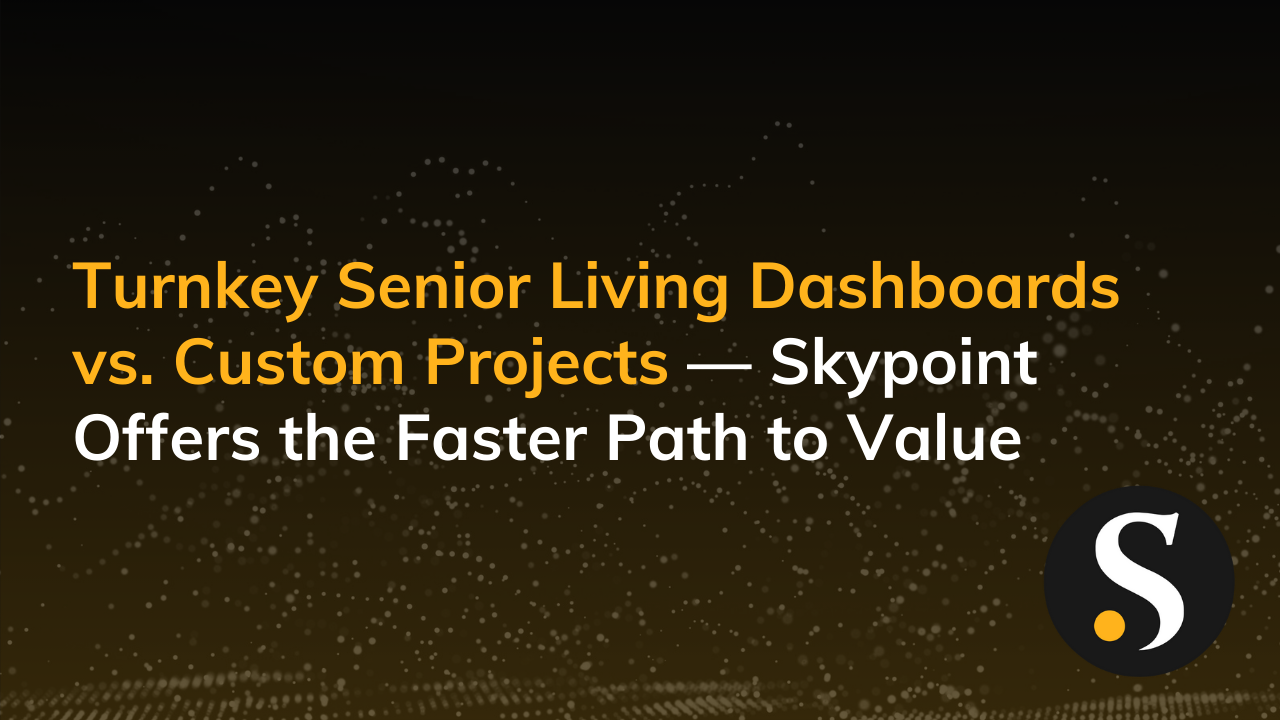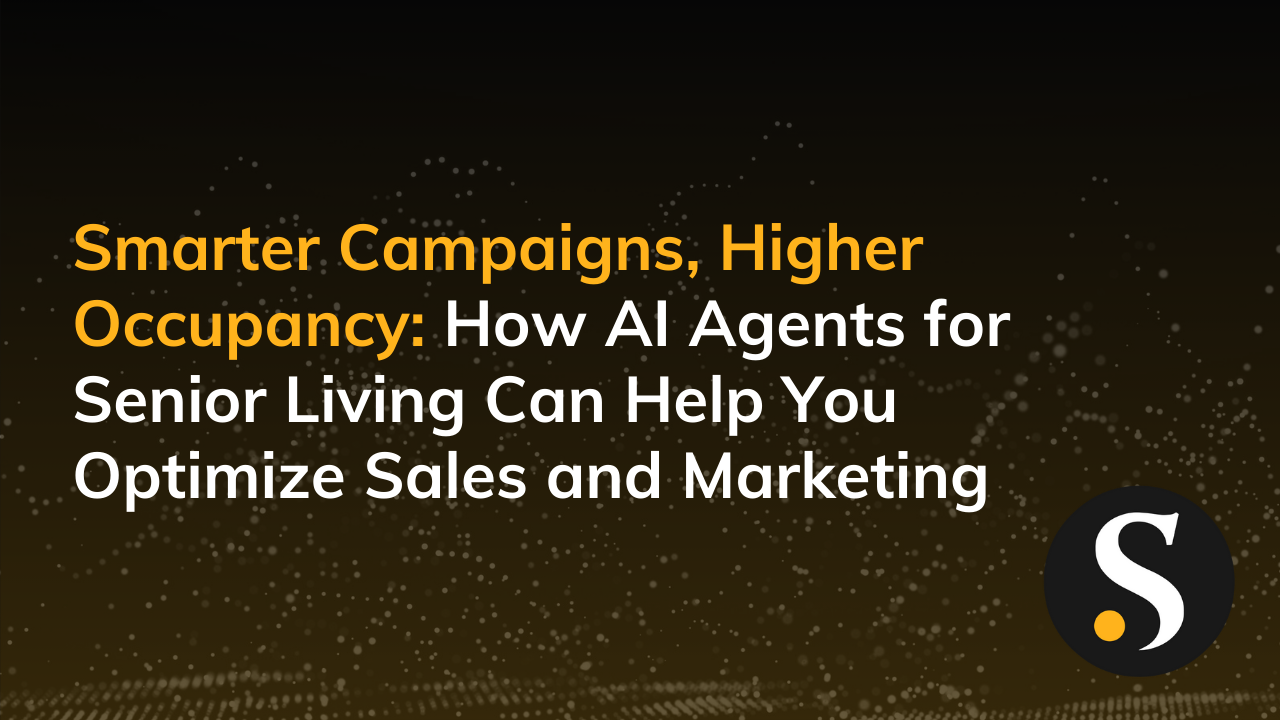Ever since OpenAI launched ChatGPT in November 2022, organizations have been scrambling to take advantage of the productivity gains promised by generative AI. However, almost two years later, many organizations are starting to question the value of their AI investments. As a result, Gartner predicts 30% of organizations will abandon their generative AI implementation projects by the end of 2025.
Unfortunately, the message lost in the AI hype is not just whether or not to implement AI, but how organizations can successfully do so. Generative AI is not “one size fits all.” But, because ChatGPT was so easy to use, business leaders expected that meaningful change could occur if we all just started using AI.
The reality is not always so simple. In most cases, meaningful ROI from AI investments requires clear thinking about what problems you’re trying to solve with an AI implementation, a clean data estate, and how you can match the appropriate AI tools and model training to those problems.
AI is in Everything, Everywhere, All at Once
ChatGPT holds the record for the fastest-growing consumer application in history, gaining 100 million monthly active users within two months of its launch. Since then, the generative AI market has exploded, with $27 billion pouring into generative AI startups in 2023 alone.
So, along with ChatGPT, you may already have heard of generative AI tools like Bard, Gemini, Claude, Beautiful.ai, or Midjourney. But AI isn’t just appearing in new products — it’s working its way into established technology as well. Google Search now incorporates AI summaries. Microsoft recently launched a new series of laptops optimized for AI. Adobe’s Photoshop now lets you create whimsical images with simple text prompts. Try as you might, you can’t get away from AI.
No doubt, these tools are powerful demonstrations of generative AI’s capabilities. However, many of these are consumer-focused applications of generative AI, trained on massive datasets scoured from the internet. As a result, a generative AI tool such as ChatGPT may not easily understand your business context. Worse, they might even provide nonexistent references to answers. The generic nature of consumer generative AI means it is useful for many things, but not that helpful for very specific business contexts.
Today, tools such as consumer ChatGPT or Claude are most helpful for tasks such as general writing and editing, answering questions, or generating ideas. But, if you want to implement AI for specialized fields of knowledge such as financial regulations, or for use cases such as accessing sensitive patient data or improving the productivity of your team of nurses, you must look past consumer AI.
Before You Dive into the Deep End
AI tools that stay at the surface of your tech stack provide surface-level benefits. To reap real business benefits from AI, it needs to connect to the entire depth of your organization’s data. However, this presents a few problems.
AI Privacy Concerns
Consumer generative AI tools present well-known privacy risks. And, at least in the United States, privacy will remain a concern until AI becomes more effectively regulated. Until then, if you’re dealing with any kind of sensitive information or work in a regulated industry, it’s best to stay away from consumer AI tools and stick to private AI where you set the privacy standards.
Using the Right AI Tool for the Job
Not all AI is the same. The buzz around AI since 2022 has centered around a kind of AI known as large language models (LLMs). However, any techie will tell you that AI has existed in different forms for years — in some cases, going as far back as 2012. What matters most in the business context is clearly defining what you want to do with AI and matching the right AI tools to your business problems and industry context.
Starting with Clean Data
AI is only as good as the data that feeds it. That’s not a problem for consumer AI tools, which have been trained on vast troves of information collected and formatted by specialized data scientists. However, most organizations don’t have AI specialists. In fact, you’re far more likely to encounter analysts struggling to reconcile Excel spreadsheets from disparate data sources. This siloed data hampers any potential for AI implementation, because AI likes to see connected data in particular formatting types. In the case of LLMs, large tracts of unstructured data are best.
Thus, for any meaningful success in implementing AI, you’ll have to start with a clear AI and data strategy that’s specific to your industry context.
How to Prepare for AI
At Skypoint, we believe the journey to AI begins with data integration and cleansing. Because AI relies so heavily on good data, unifying and preparing your organization’s data builds a solid foundation for AI. That doesn’t sound very sexy, but it’s absolutely essential for any successful AI implementation.
Essentially, data integration gathers the entirety (or a relevant subset) of your organization’s structured and unstructured data into one repository, eliminating the data silos that are so common in today’s data-driven organizations. That data is then cleaned so it can be used by a variety of connected applications.
Now that your data is in one place and prepared for use, its business benefits multiply.
At a basic level, your organization’s data now relates to each other. No more merging Excel spreadsheets or wondering if your data is complete. Further, you can refine data to quickly create business intelligence dashboards and reports with accurate and actionable insights. Data can be easily shared with external data partners, or for compliance purposes. And, it can be used to train your own private, compliant, business-aware AI models. Additionally, with an interface like a private Copilot, your employees can then securely and reliably interact with your business data, saving them time and enabling better decision making.
Start Your AI Journey Right
While the initial excitement surrounding generative AI led many to overlook the essential groundwork needed for AI, successful AI implementations are possible — with the right strategy and appropriate use cases.
By integrating priority data sources and cleaning their data, organizations can build a robust foundation that not only enhances their future AI capabilities, but also drives meaningful business intelligence as well. In the end, AI implementations built on solid, unified data and specific industry context can help organizations realize transformative value from generative AI and stay competitive into the future.
Skypoint provides applied AI and data engineering for regulated industries such as healthcare, senior living, financial services, and the public sector. If you’d like to learn more about how Skypoint can help your organization implement AI, get in touch with us.












